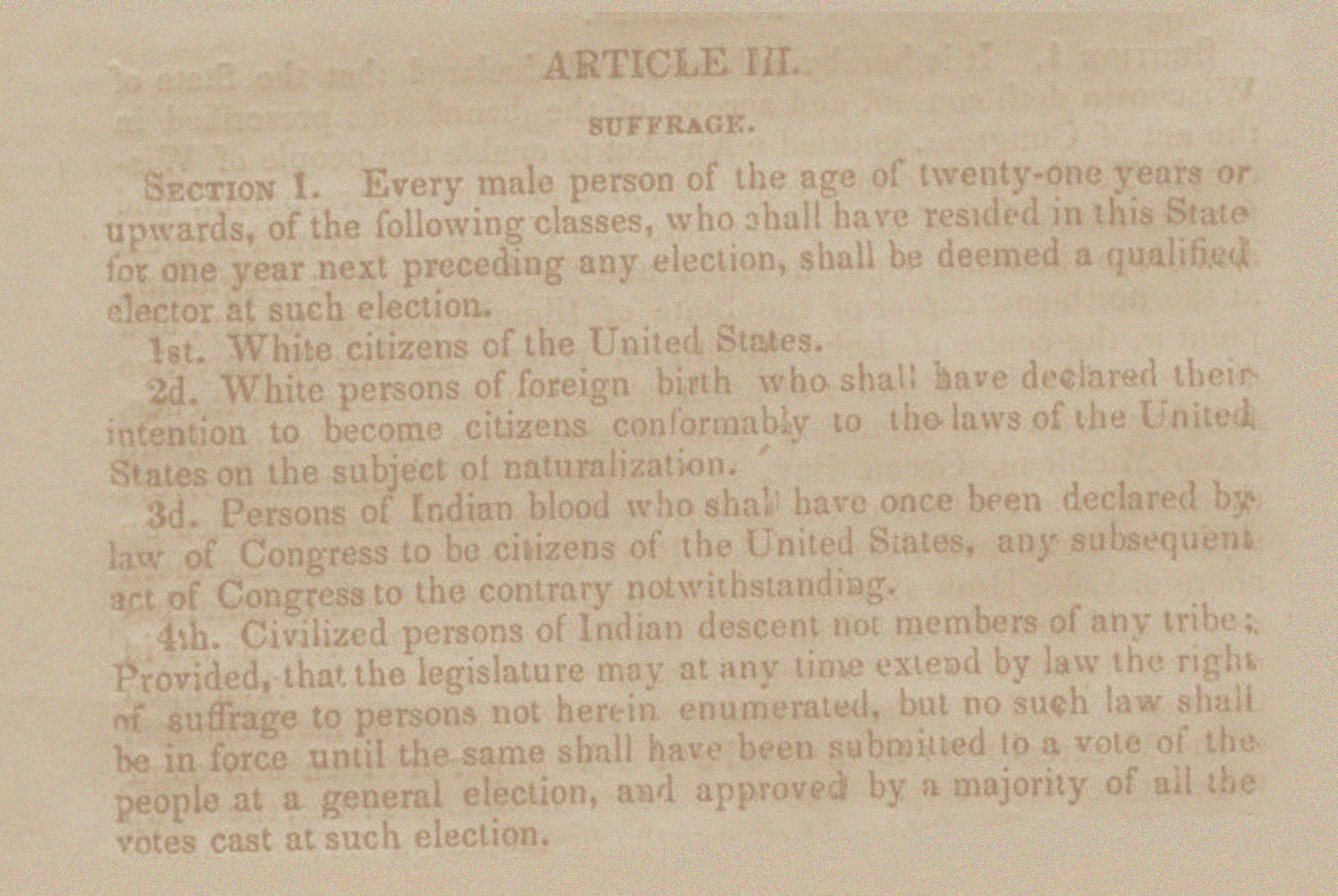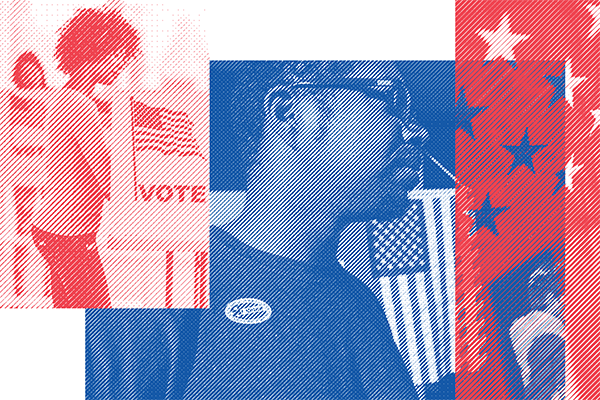After returning home from World War II, veteran Medgar Evers decided to vote in a Mississippi election. But when he and some other Black ex-servicemen attempted to vote, a white mob stopped them.
“All we wanted to be was ordinary citizens,” Evers later related. “We fought during the war for America, Mississippi included. Now, after the Germans and Japanese hadn’t killed us, it looked as though the white Mississippians would...”
We know the story: African-American men received the right to vote on February 3, 1890, through the 15th Amendment, and then racist white supremacist state legislatures in the South passed laws to stop Black people from voting. These laws, combined with physical intimidation from crowds of racists at polling locations, were enough to reduce Black voting registration to a single-digit percentage in some states.
While the legacy of Jim Crow doesn't haunt Wisconsin in the exact same way it does the South, Black people in our state have not been spared when it comes to facing barriers to voting. In fact, we are just weeks removed from news that Wisconsin Elections Commissioner Robert Spindell sent a fundraising email to colleagues praising the success of “37,000 less votes than in the 2018 election, with the major reduction happening in the overwhelming Black and Hispanic areas.”
There’s a terrible irony in us celebrating Black History Month here in Wisconsin now that we know Spindell was raising money by touting his success in stopping Black and Brown people from voting. After Spindell’s comments, we can't hide behind the illusion of respectability politics and pretend that these measures aren’t intrinsically racist and damaging to Wisconsin’s democracy.
There’s a certain honesty in Spindell’s statement because he doesn’t hide voter suppression behind the elegant lies of “voter fraud” and “missing ballots.” Spindell directly tells us the true goal of voter suppression: to have fewer Black and Brown people vote in Milwaukee County.
Voter suppression not new
Voter suppression in Wisconsin didn’t start with Spindell. The voter suppression of Black and Brown people is baked into the DNA of Wisconsin law.
Black and Brown people were explicitly and specifically denied the right to vote in the Wisconsin Constitution of 1848. White men, even white men who weren’t yet citizens but “declared their intention to become citizens,” were allowed to vote because, back then in Wisconsin, your right to participate in “democracy” hinged on whiteness and maleness. Native men were granted citizenship by Congress, and those who rejected tribal affiliation were the only others extended the franchise.

These racist Wisconsin Constitutional provisions persisted until Ezekiel Gillespie, a Black person prevented from voting in Milwaukee County, filed a lawsuit against the Board of Election Inspectors. The case went all the way to the Wisconsin Supreme Court.
In 1866, the court ruled that Black men have the right to vote in Wisconsin. The decision in Gillespie v. Palmer wasn’t based on racial equality and ethics; it centered on how to correctly count white votes in a referendum that occurred 17 years earlier. Though that’s still more than this current Wisconsin Supreme Court has done to protect the disenfranchisement of Black and Brown communities.
And now, over 150 years later, Wisconsinites will be asked to vote for a Supreme Court Justice in February and April who will either work to protect or defeat voter suppression in Wisconsin.
Three types of voter suppression
The mechanics of voting suppression happens in three ways: by making it harder for a person to register to vote, making ballots or their return less accessible, and, most nefariously, deciding whose votes count. Wisconsin’s Supreme Court has enabled the Wisconsin Legislature and other officials like Spindell to do all three.
The Wisconsin Supreme Court in Milwaukee Branch of the NAACP v. Walker and League of Women Voters v. Walker upheld the strict Wisconsin Voter ID laws that have dissuaded thousands of Wisconsin voters, again disproportionately from those in Black and Brown communities. Voter ID laws here in Wisconsin are the same type of de facto racist voter suppression laws like the Grandfather-clause and Literacy Test that stopped voter registration in the deep south during Jim Crow.
The Wisconsin Supreme Court in 2022 decreased ballot access for Wisconsinites by banning drop boxes and ballot return assistance for non-disabled voters, further restricting voter access. This is the same theme we saw across the Jim Crow South and reemerging in some states today through the closing of polling locations in Black and Brown communities and restricting voting by mail.
The Wisconsin Supreme Court also upheld one of the most racially biased and unfair redistricting maps in America, allowing Wisconsin Republicans to dominate the State Legislature while receiving fewer total votes than Democrats. Wisconsin election maps disenfranchised so many Black voters that Wisconsin Justice Hagedorn referred to the Voting Rights Act, saying, "there are good reasons to believe that a seventh majority-Black district is needed to satisfy the VRA."
Instead of creating new policies that reflect the will of Wisconsinites, politicians have been allowed to pursue deeply unpopular political agendas with near impunity, shielded by unfair maps and voter suppression.
Exercise your freedom to vote
Later this month – and then again in a general election this April – Wisconsin voters will have the opportunity to elect a new Supreme Court justice. Whoever wins this seat will hold enormous influence over our rights and shape the outlook of Wisconsin's democracy for years to come. Having a Supreme Court that empowers everyone to vote will be crucial to ending the plague of racist voter suppression and charting a better, more equitable and just course for our state.


